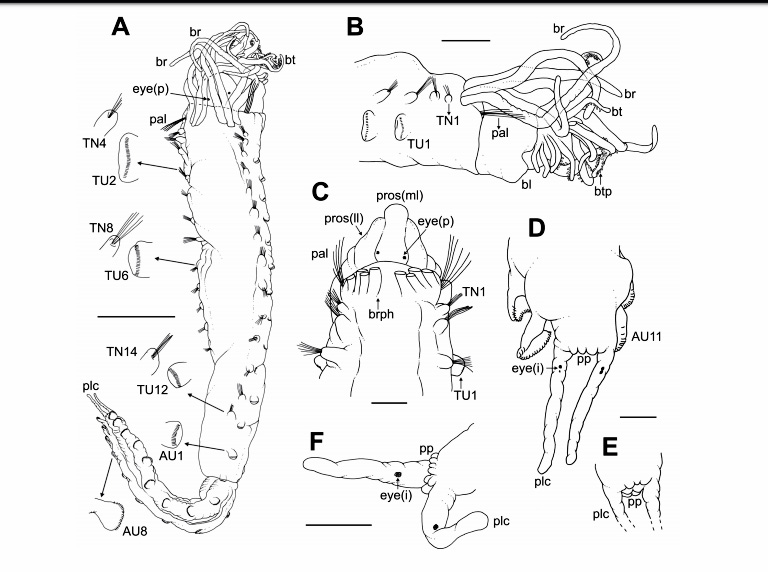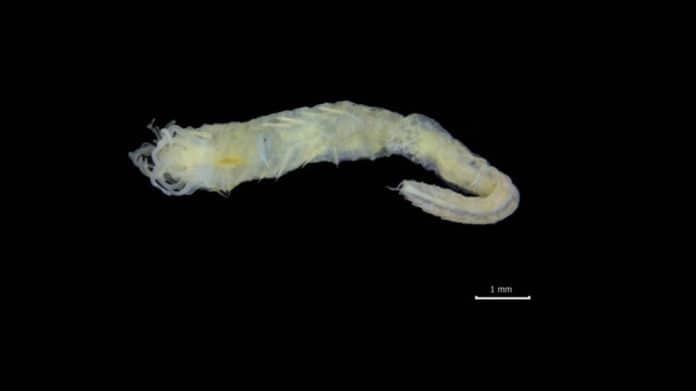A team of scientists from the Joint Nature Conservation Committee (JNCC), Marine Scotland Science (MSS), and Thomson Environmental Consultants has discovered a new worm species at the bottom of the sea, off the Scottish coast.
The worm has been named Ampharete Oculicirrata, found during a West Shetland Shelf Marine Protected Area survey. The survey was the first to explore the animals within and on the seabed in this area and marked the beginning of a long-term monitoring program.
This species is characterized by tiny body size- only 4mm (0.2in) in length, thin and slender paleae, twelve thoracic and eleven abdominal uncinigers, presence of eyes both in the head and the bottom.

Jessica Taylor, Marine Evidence Advisor from JNCC, said: “This new species is an exciting and exciting addition to the work we do in Marine Protected Areas. The fact that it was found in relatively shallow depths, relatively close to the Scottish coastline, shows just how much more there is to understand the creatures living in our waters.
“I’m excited about future JNCC and Marine Scotland surveys and what they may reveal. Also, it’s great that specimens of the new species have been acquired by National Museums Scotland and are available for future studies.”
Ruth Barnich, a Principal Scientist in the marine team at Thomson, said: “It’s always fascinating to work on offshore samples. In those collected by JNCC and MSS at 100—600 meters depth, we saw many rare and unusual species which are typical of deeper waters, such as brittle stars and various polychaetes and shrimps.”
A scientific paper detailing the find in full has just been published in the June edition of the European Journal of Taxonomy (No 531 (2019)).
